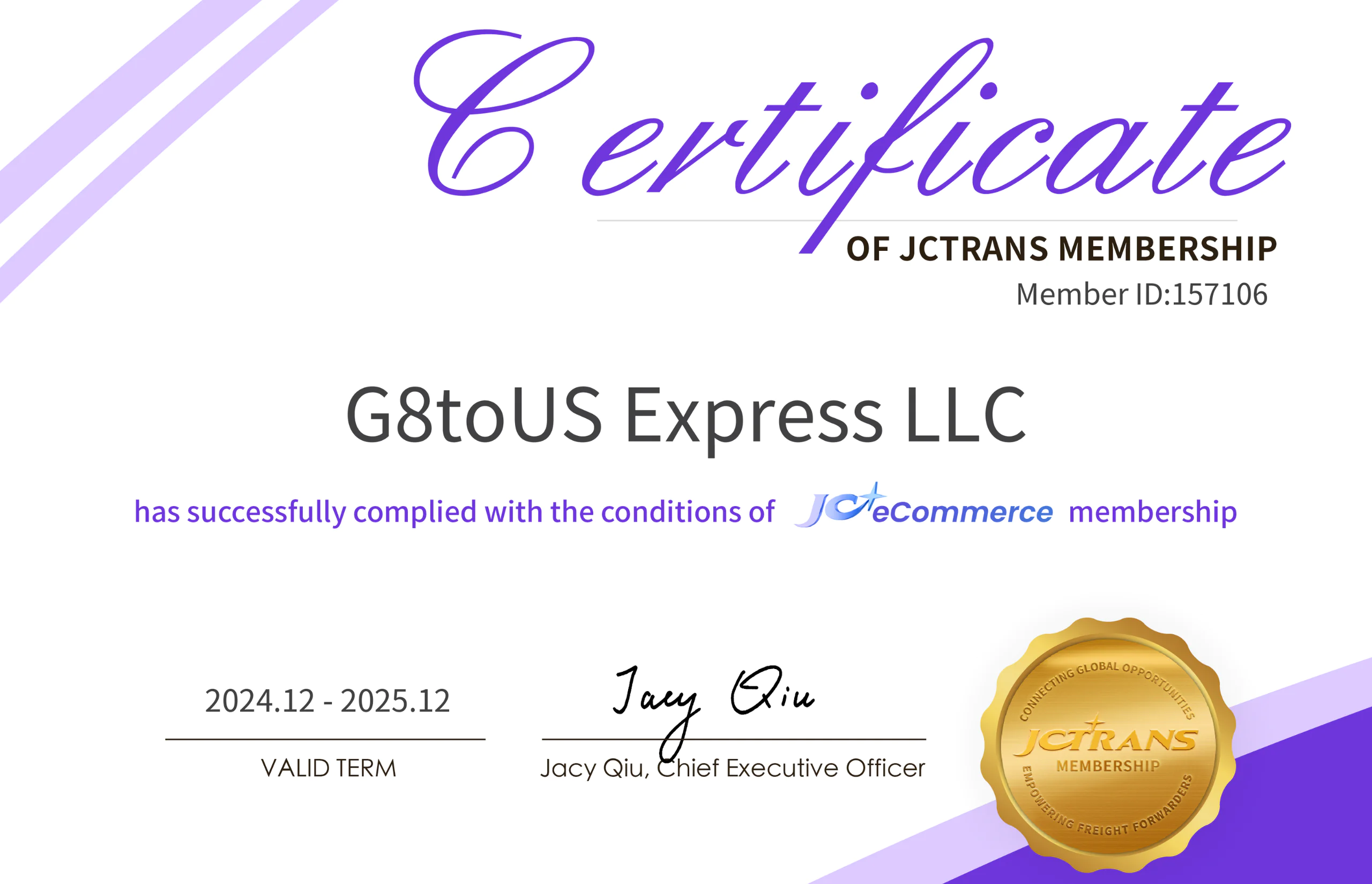Views Count :
For many entrepreneurs and companies that first send goods to the United States, the process of customs cleaning may seem difficult and laborious. It requires knowledge in the field of the features of American legislation, the rules for the design and registration of goods. However, proper preparation and compliance with all procedures can significantly reduce delivery time and avoid additional expenses.
That is why many companies often resort to customs brokers, since qualified specialists know better the nuances of local legislation and bureaucratic procedures. This is especially true for complex or large cargoes.
Customs cleaning: what is it, why and how to arrange a load at customs
Customs cleaning is the process of registration and registration of a batch of goods on the border for their legal import to the country or export from it. The main goal of the procedure is to comply with American laws, ensure security, protect the domestic market and fair accrual of duties and fees.
Key stages of customs clearance:
- Checking documents for the load.
- Calculation and payment of customs payments.
- Inspection of cargo for compliance with safety and quality standards.
This procedure is regulated by US legislation and requires an attentive approach to avoid delays and fines.
What are the types of customs clearance
Procedures may differ depending on the type of cargo, its characteristics and purpose. The main options:
- Accelerated procedure. It is used for goods requiring priority import, such as medicines, perishable products or humanitarian aid. Special channels are used for quick checks.
- Cleaning to order. Allows you to temporarily free the load from paying duties and fees if it is stored under customs control. This is relevant for raw materials or products designed for processing or export.
- Preliminary design. Includes the submission of documents before the arrival of the cargo. This accelerates the release process and is suitable for large or often imported parties.
- Simplified design. Used for less risky or inexpensive goods. The procedure minimizes the amount of necessary documents and includes automated processing of applications.
Stages of the standard customs clearance procedure
Depending on the characteristics of the cargo, the standard procedure includes:
- Preparation and submission of documents
The first stage includes the collection and execution of all the necessary documents for the import of cargo in the United States. Among them:
- Invois – contains information about the value, characteristics and quantity of goods.
- Transport documents (bill of lading, air lane, etc.) – confirm the delivery method.
- Certificates of origin – confirm the country where the goods were produced.
- Declarations of compliance with US standards are necessary for certain categories of cargo, for example, medicines or electronics.
The completeness and correctness of documents are the key to the successful start of customs clearance.
- Checking documents and cargo
At this stage, the customs authorities check:
- Compliance of the declared data in the documents with the actual characteristics of the goods.
- Complete of documents.
- The presence of permits for specific products (for example, licenses for chemicals).
Customs can also conduct the physical inspection of the cargo to make sure that it meets the stated parameters and requirements.
- Calculation and payment of customs payments
After verification of documents, the customs authorities determine the amount of customs duties, which depends on:
- The cost of cargo.
- Its categories and code according to the classification of HADs.
- Countries of origin.
Payment should be made on time to avoid delays.
- Registration of permits for import
After the successful completion of the audit and payment of fees, the cargo receives permission to import into the United States. This is the final stage, after which the product can be transferred for further transportation or sale.
Each of the stages requires attentiveness to details. Errors or incompleteness at any step can lead to delays, additional costs or even fines.
The main reasons for delayed goods at customs in the United States
Although the process of customs cleansing in the United States often takes from several hours to several days, there are situations when the deadlines are significantly increasing.
Possible reasons for delays:
- Incorrect paperwork or incomplete documentation package
If errors are found in the submitted documents, for example, an incorrect indication of the cost of the cargo, the data on the consignor or recipient, the customs authorities are forced to request clarifications or additional papers. This increases the time of cargo handling. - Violation of the rules of marking and packaging
All products must be correctly packaged and have appropriate marking in accordance with American standards. For example, the lack of warning signs for dangerous goods or incorrect designations on the package can cause delay. - Improper declaration of cargo cost
If the customs authorities discover the underestimation or overestimation of the value of goods, this may lead to additional checks, fines and recalculation of customs payments. - Untimely submission of documents
If the documents were not provided in advance or received later than the set deadline, this automatically increases the time of processing of the cargo. - Errors in the classification of goods
Incorrect indication of the Code of Foreign Economic Code (commodity nomenclature of foreign economic activity) can lead to an incorrect calculation of customs payments, which requires re -verification. - Random selective checks
The customs authorities sometimes carry out a selective inspection of goods to prevent smuggling or violation of security standards. Even if the documents are in order, your product can be selected for verification.
Each of these reasons not only increases the time the cargo is at customs, but can also entail additional expenses. To minimize risks, it is important to carefully prepare documents, follow the requirements and consult with customs specialists.
Which goods are easiest to clean through customs
Products with simple classification, low risk and clear documentation are considered the least problematic, for example:
- Electronics and gadgets.
- Household appliances.
- Clothing and shoes.
- Packed products with a long expiration date.
How to minimize difficulties during customs clearance
To reduce risks and avoid problems, it is recommended:
- Clarify the requirements for documentation and packaging in advance.
- Collaborate with professional logistics companies that will provide delivery and design.
- To attract customs brokers to optimize all stages of the process.
Cleaning without stress: Real business help
If you want to minimize risks and simplify the customs clearance process, trust this task for specialists. Specialists of the G8TOUS logistics company will help you at the stages of preparation for customs clearance and transportation of goods so that you can focus on your business.
Impeccable execution of customs procedures and reliable logistics – the key to successful deliveries!



